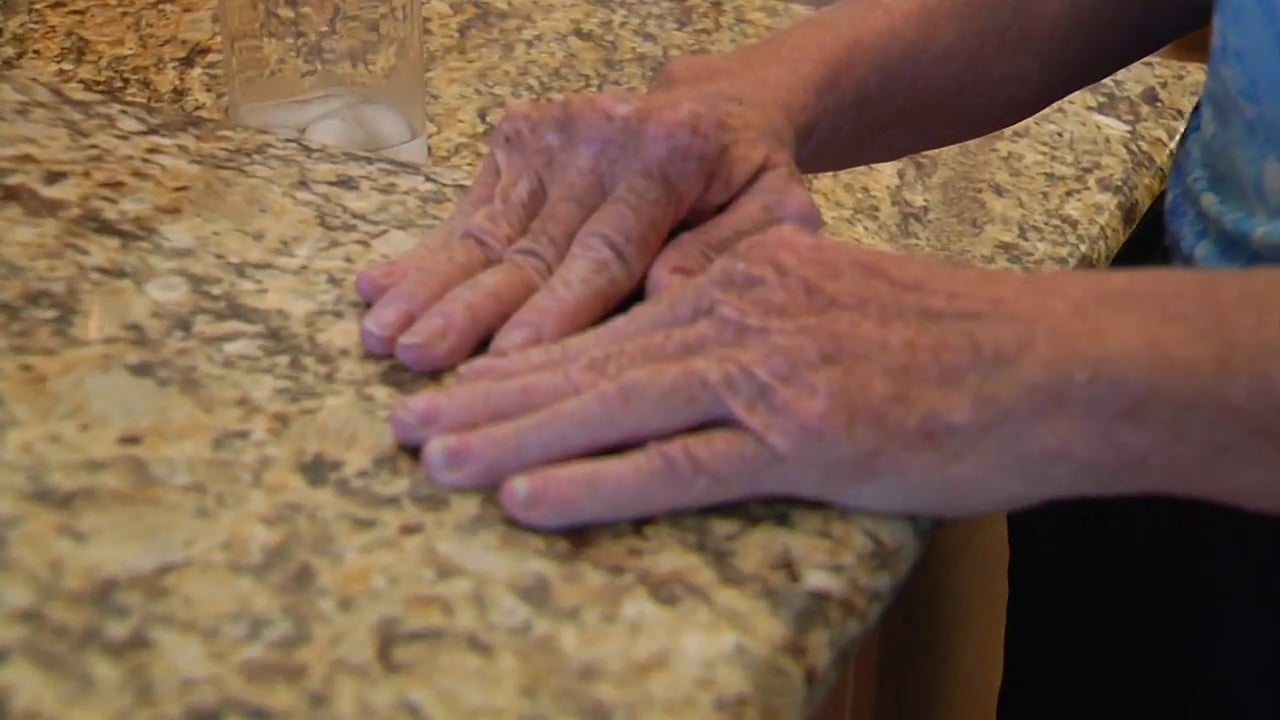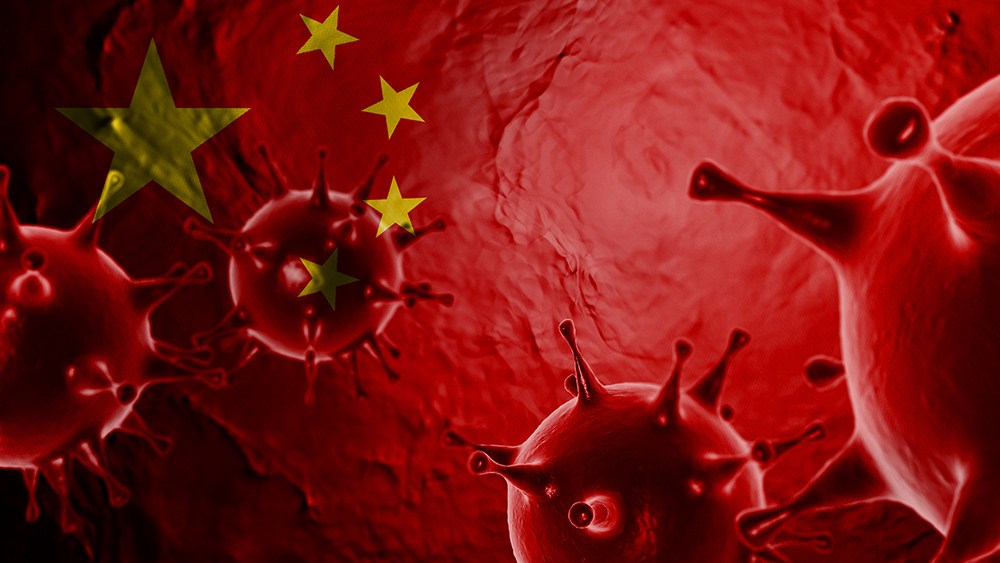
Advertisement
Rheumatoid arthritis (RA) is an inflammatory arthritis that primarily targets the synovium of joints. The synovium is a specialized connective tissue that lines the inner surface of joint capsules and tendon sheaths. Its main function is to make and maintain the synovial fluid, a lubricant for the joint.
In rheumatoid arthritis the synovium becomes inflamed (synovitis) and proliferates forming a pannus that invades into surrounding bone, cartilage and ligaments leading to joint pain, swelling and eventual destruction of the joint and severe joint deformity.
Rheumatoid arthritis is characterized by stiffness, pain, swelling, and tenderness of the joints as well as the surrounding ligaments and tendons. There is no known cause for RA, but it is thought to be a combination of genetics and environmental factors. Autoantibodies (rheumatoid factor and citrullinated protein antigens) are usually found in the blood of RA patients.
These autoantibodies can be present years before the development clinical disease. Environmental factors that play a role in the development of the disease include smoking, silica exposure, alterations of bacteria in the microbiomes of the mouth, lungs and gut, and viruses such as Epstein-barr virus and parvovirus B19 can trigger RA. Once RA has initiated it is thought to be perpetuated by activation of the adaptive immune system with the innate immune system acting as a persistent adjuvant.
Rheumatoid arthritis affects all races worldwide, females more likely than males (3:1) and typically presents at the age of 40 to 60 years, but it has been reported in all age groups. The presentation is variable and can range from a mild, nondestructive arthritis to a severe, debilitating, erosive arthritis that is usually symmetric.

In a majority of patients (50%-60%) the onset is insidious over several weeks to months. Approximately 20% present with subacute onset while 10% will present with acute aggressive forms. The Joints typically affected include the metacarpophalangeal (MCP), the proximal interphalangeal (PIP), wrists and metatarsophalangeal (MTP) joints. Larger joints generally become symptomatic after the smaller joints and there can be spine involvement particularly at the C1-C2 level.
Extraarticular (outside the joint) manifestations of RA include rash, subcutaneous nodules, pericarditis, myocarditis, vasculitis (inflammation of blood vessels), neuropathy, lymphoma, Felty’s syndrome, interstitial lung disease, ocular inflammation, Sjogren’s syndrome, amyloidosis and atherosclerosis. Patients who are male, rheumatoid factor positive and HLA-DR4 positive are more likely to develop extraarticular manifestations.
Typical laboratory findings include anemia, thrombocytosis, elevated inflammatory markers such as erythrocyte sedimentation rate and C-reactive protein, positive rheumatoid factor (75%), positive anti-CCP (50-60%) and positive antinuclear antibodies (30%). Radiographic findings include sclerosis, osteophyte formation, osteopenia, bone erosions, bone cysts and joint space narrowing.
In the past decade, considerable progress has been made in further explaining the immunologic and genetic basis of RA, and defining its clinical and epidemiological characteristics. More importantly, there have been significant advances in the development of more targeted systemic and biologic treatments for RA. Traditional therapy includes non-steroidal anti-inflammatory drugs (NSAIDs), disease modifying drugs (DMARDs) and biologics.
NSAIDS, including ibuprofen, naproxen, diclofenac, indomethacin and other similar drugs provide rapid relief for pain and acute inflammation. Unfortunately, they do not delay the progression of the joint damage in RA patients, and are used mainly for symptom control.
DMARDs, including methotrexate, sulfasalazine, cyclosporine, leflunomide, hydroxychloroquine, azathioprine, minocycline and cyclosporine are potent anti-inflammatory drugs with delayed mode of action (time to produce intended effect).
Biologics, tumor necrosis factor-alpha blockers including etanercept (Enbrel®), adalimumab (Humira), golimumab (Simponi®), certolizumab (Cimzia®) and infliximab (Remicade®). Other non-TNF inhibitors include; abatacept (Orencia®), anakinra (Kineret®), rituximab (Rituxan®), or tocilizumab (Actemra ®). These medications are taken by injection or IV infusion.
Other: JAK kinase inhibitor tofacitinib (Xeljanz®) is an oral medication.
Note: In contrast to NSAIDs, DMARDS and biologics have very little use to treat acute symptoms. They have a delayed mode of action, and are used to treat both peripheral and axial joint diseases and halt progression.
Integrative therapy includes dietary modifications and food supplements as treatment
The most beneficial generic dietary interventions in RA include a combination of gluten-free, dairy-free, egg-free and soy-free diet. Individuals can also undergo food intolerance testing to identify foods that trigger negative immune responses and eliminate them. There are various systems available for food intolerance testing—in our clinic we determined the system based on detection of food specific IgG4 antibodies has the greatest correlation with positive clinical responses.
Some food supplements and herbs utilized to treat RA include: omega-3 polyunsaturated fatty acids, black currant seed oil, boswellia, turmeric, devil’s claw, Yucca schidigera, sea cucumber extract, pro- and prebiotics and Oregon grape.
Integrative therapy for RA can be very successful if performed under supervision of a knowledgeable physician or health care provider. The principles of integrative therapy for RA are based on presumptions that most of the cases of RA are triggered by chronic persistent infections (for example, streptococcal or mycoplasma) and inflammatory processes in the gut.
Left untreated, patients may develop persistent inflammation with deforming progressive joint damage, extraarticular manifestations all of which leads to severe physical limitation and disability.
Therapeutic interventions for RA should be initiated soon after the diagnosis of the disease since a delay can result in irreversible joint damage. If you have rheumatoid arthritis or symptoms consistent with rheumatoid arthritis do not delay therapy and see a rheumatologist as soon as possible.
Submit a correction >>
Advertisement
Advertisements















